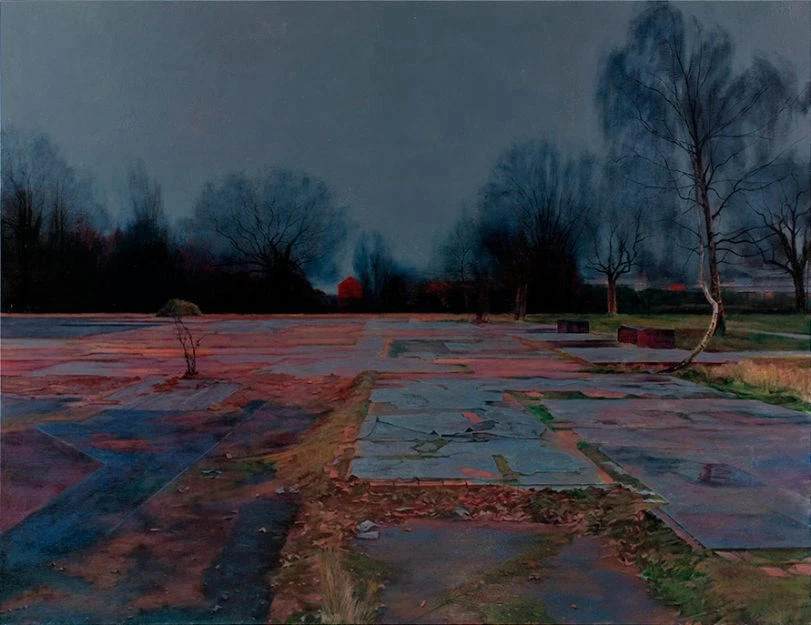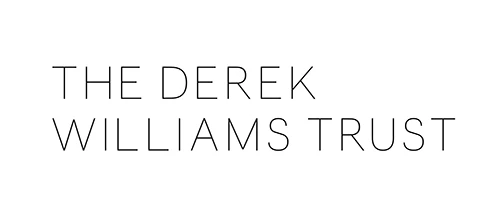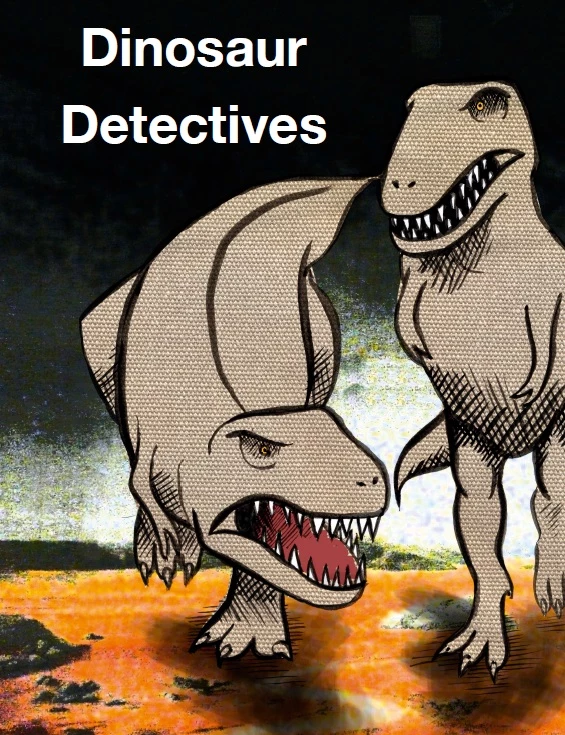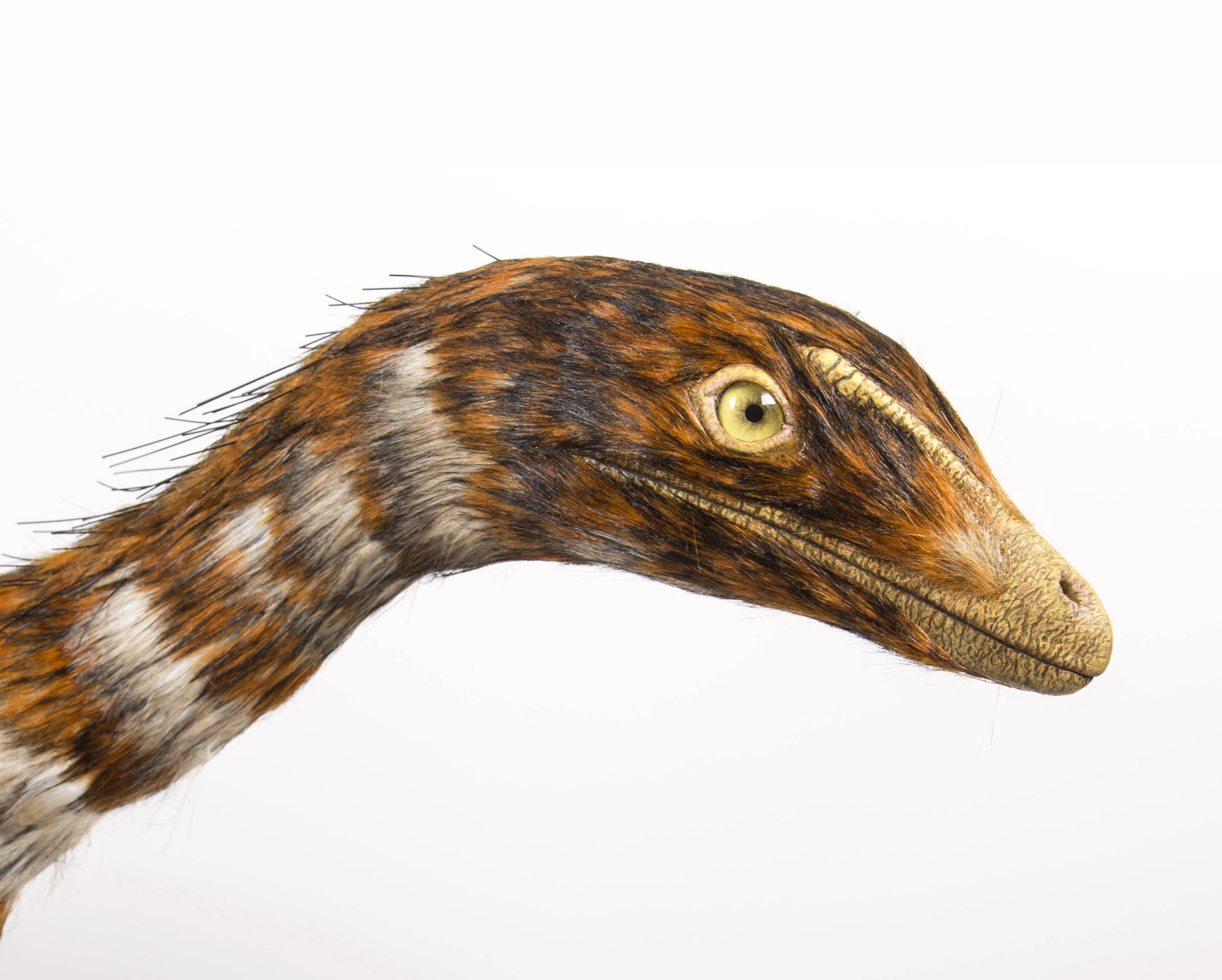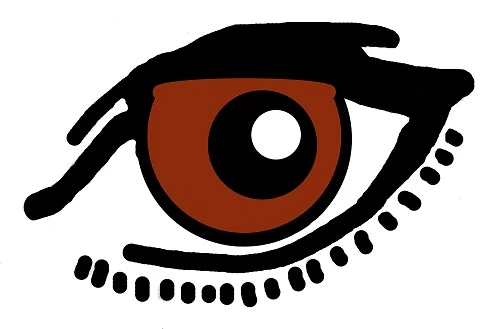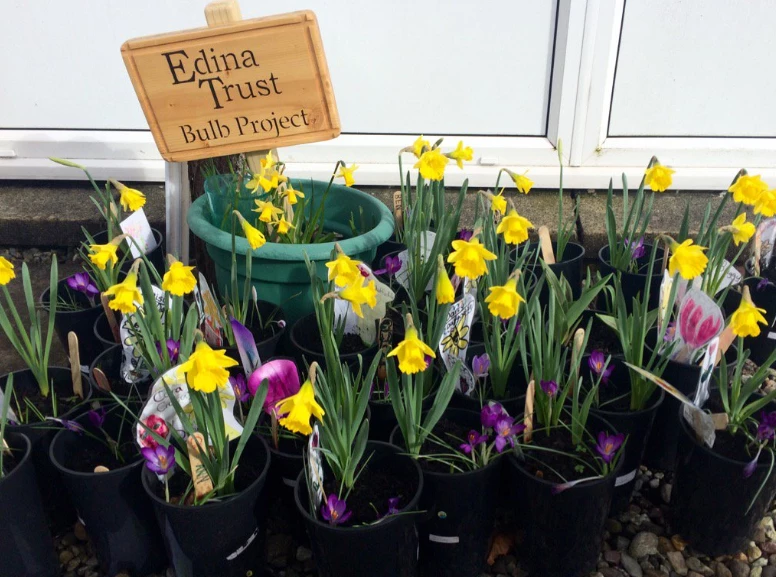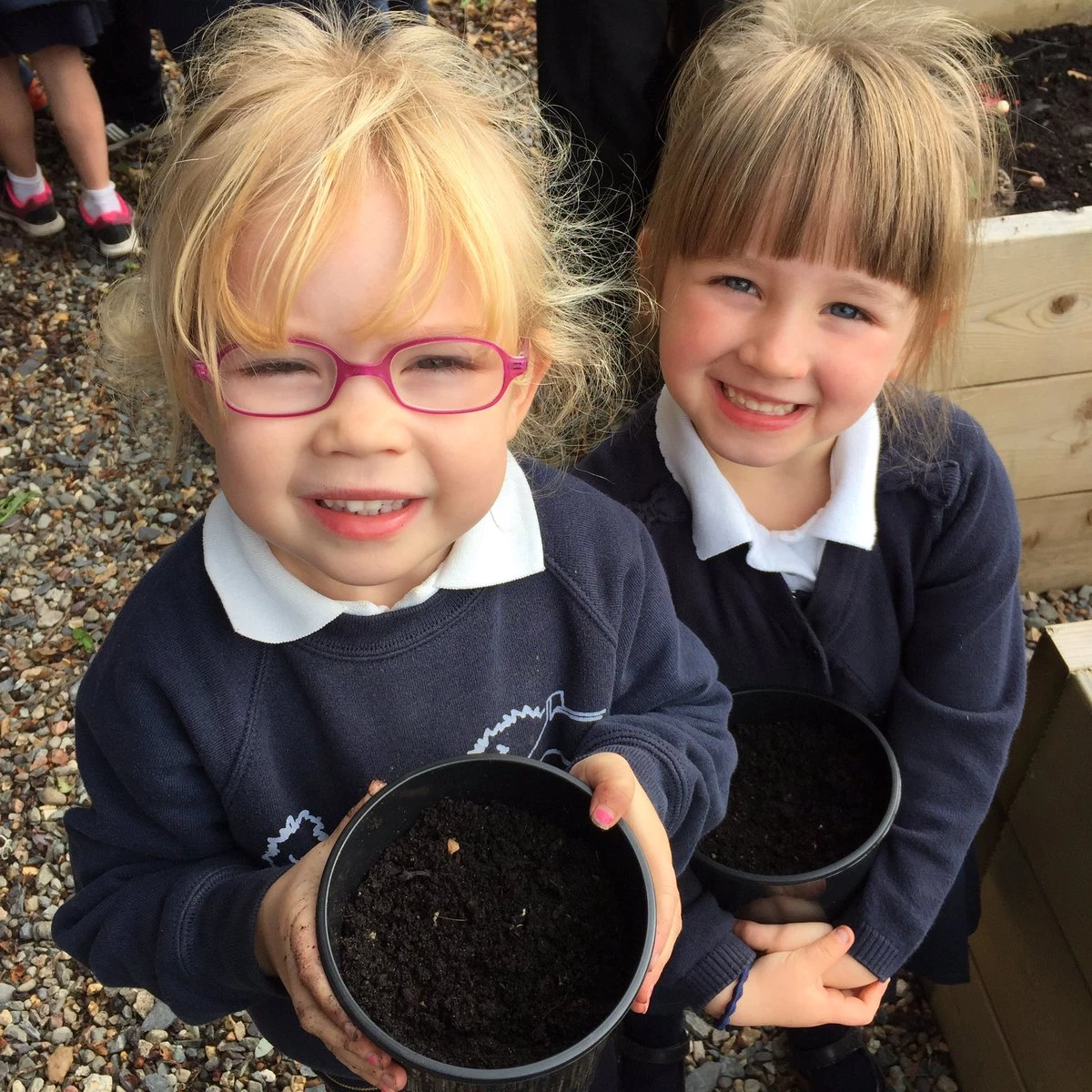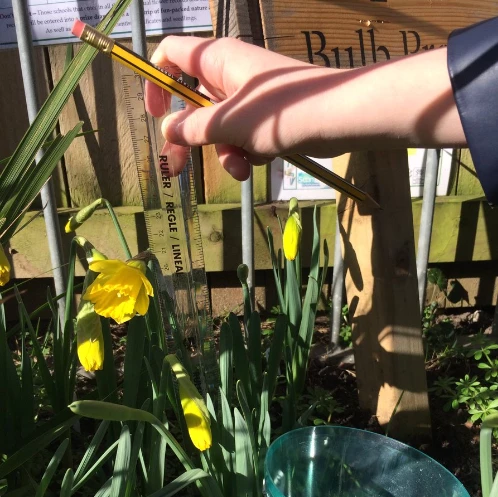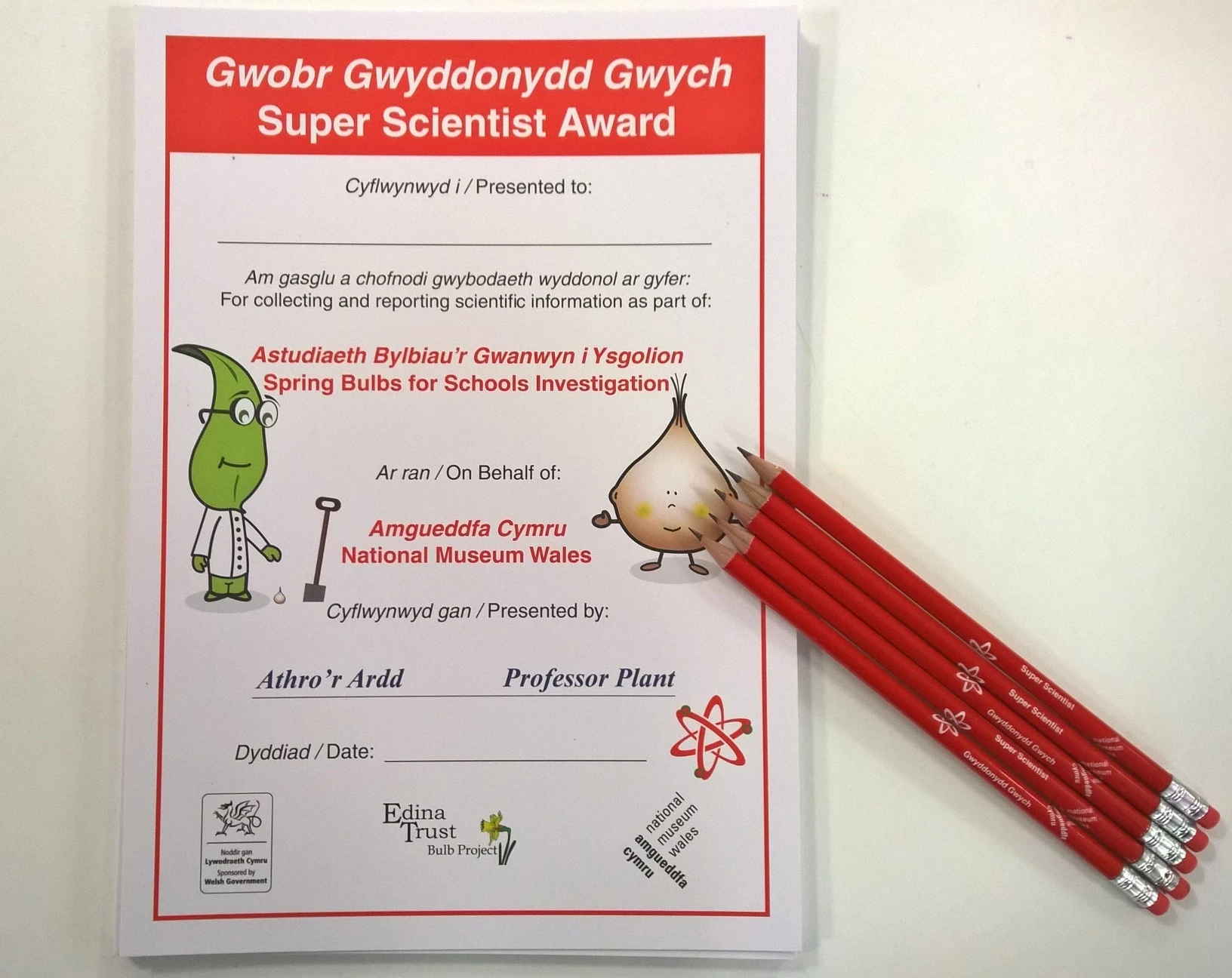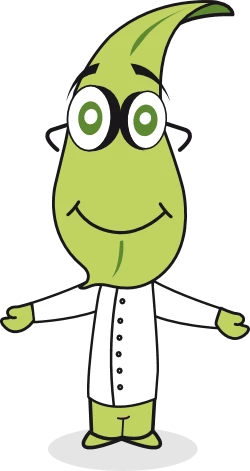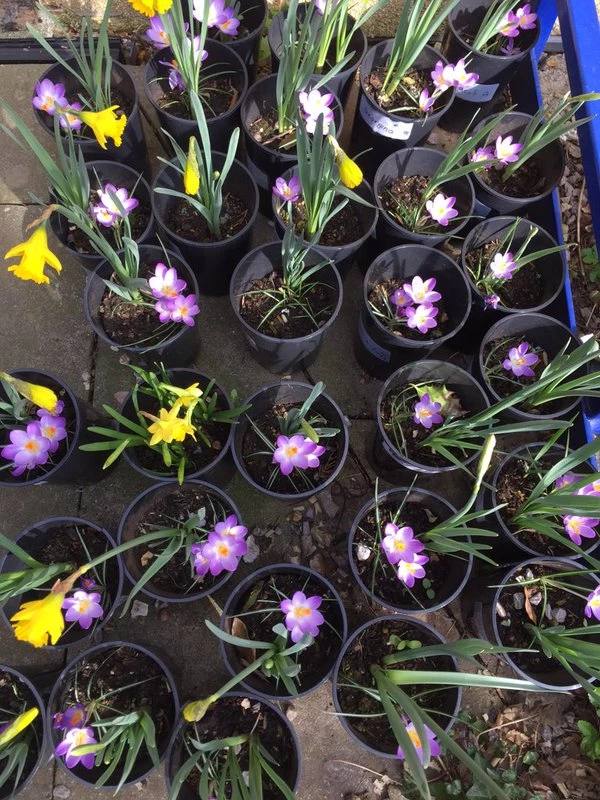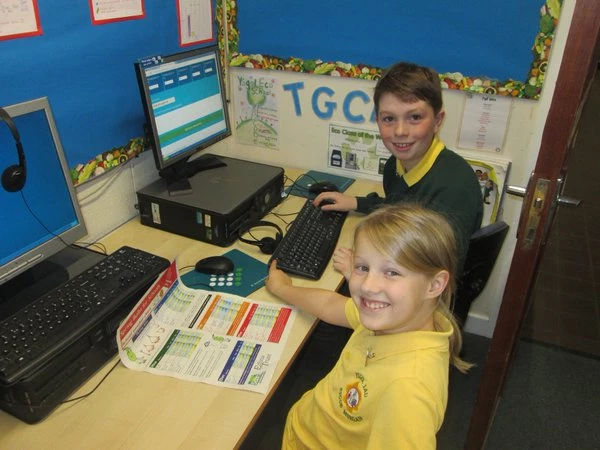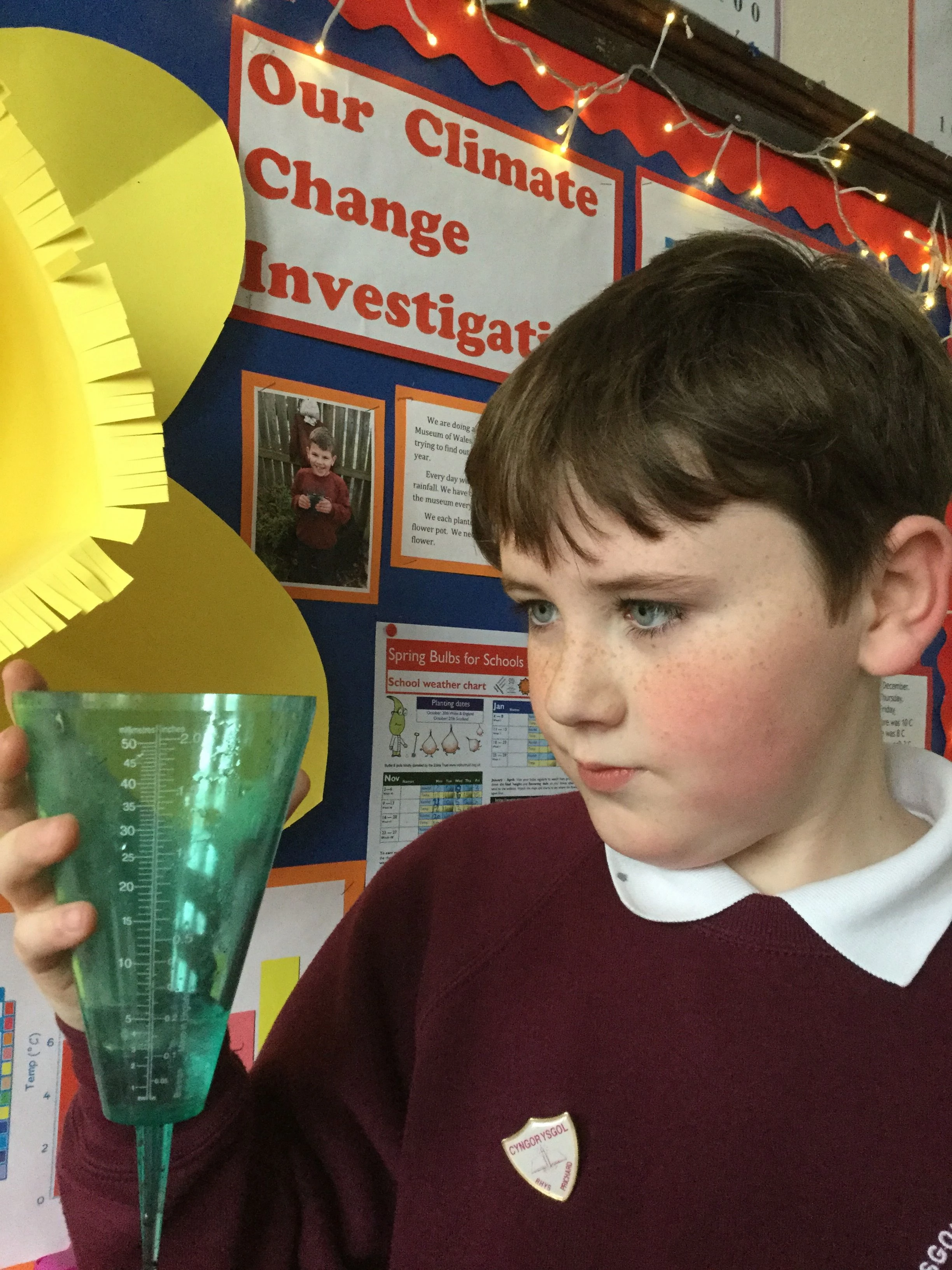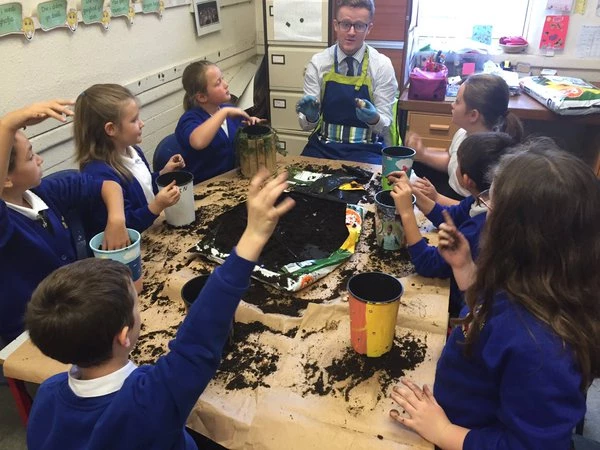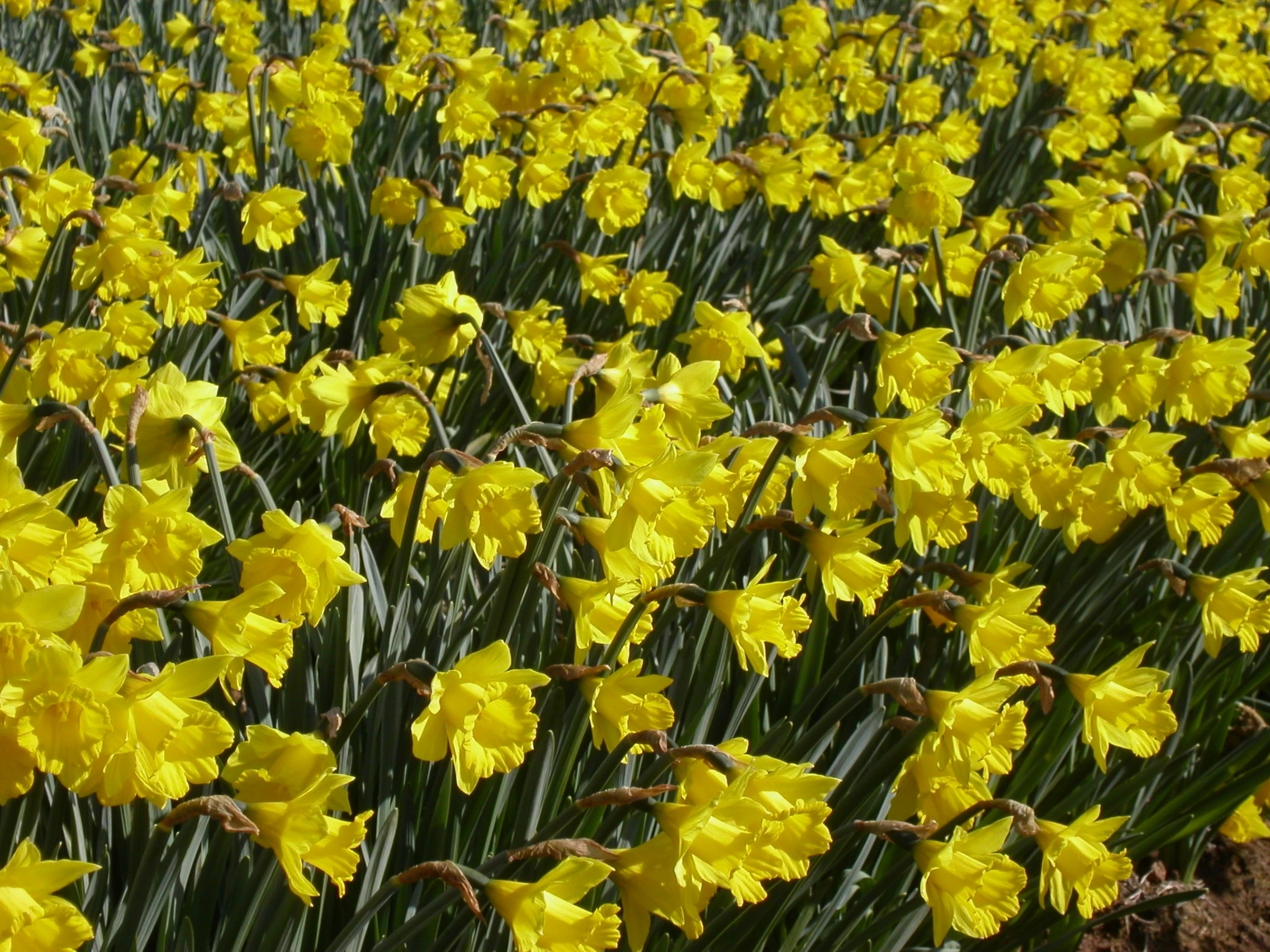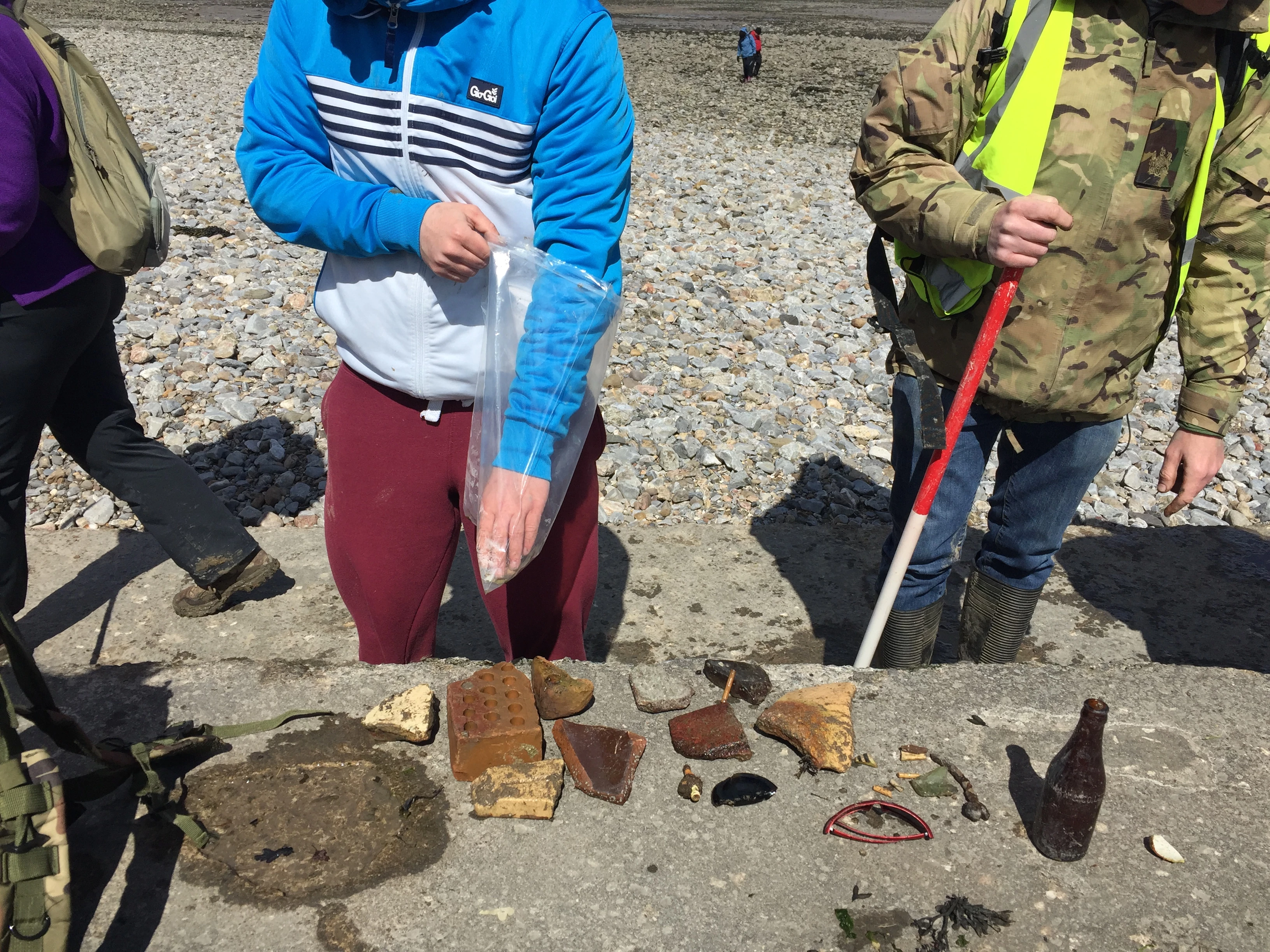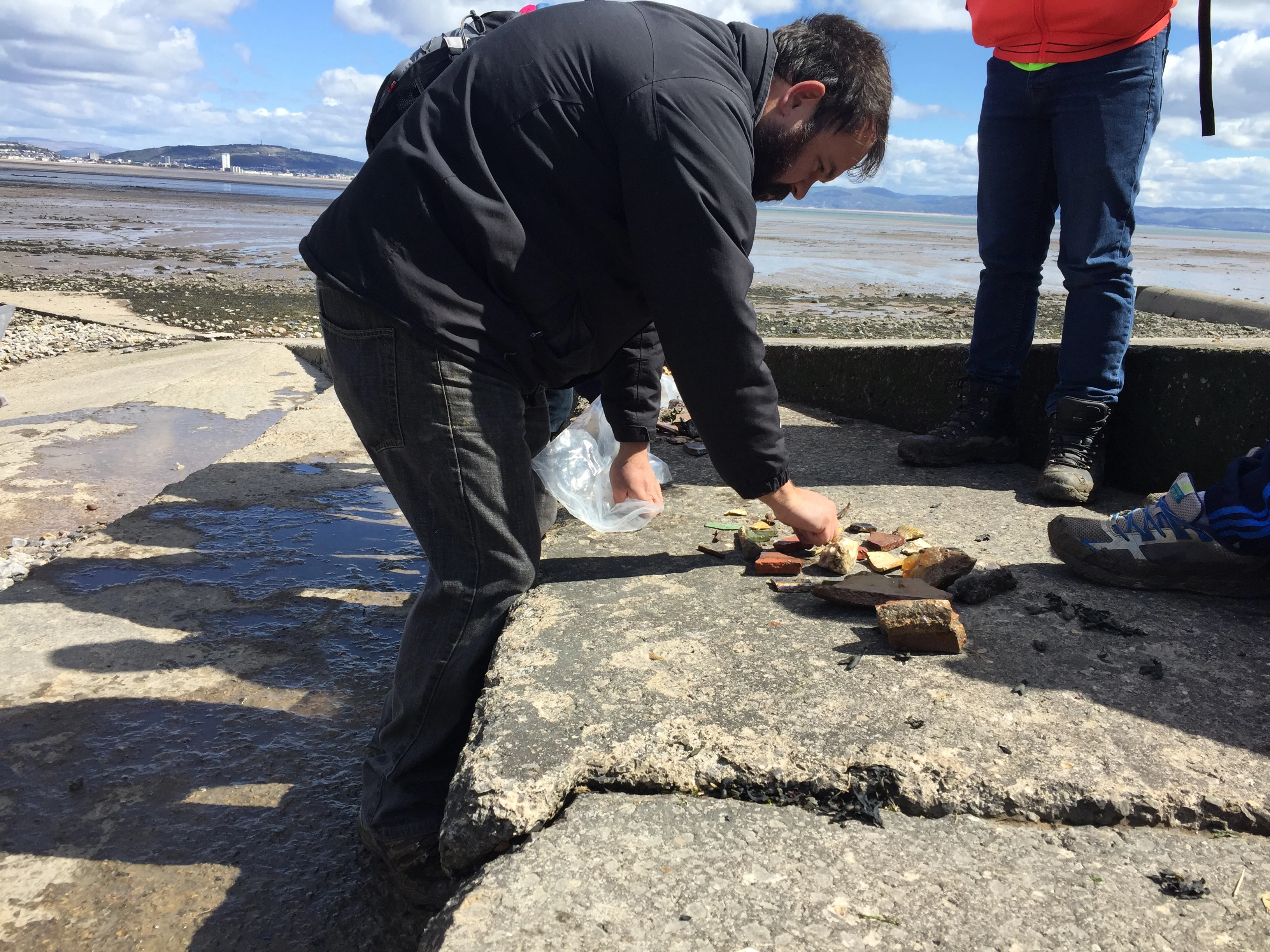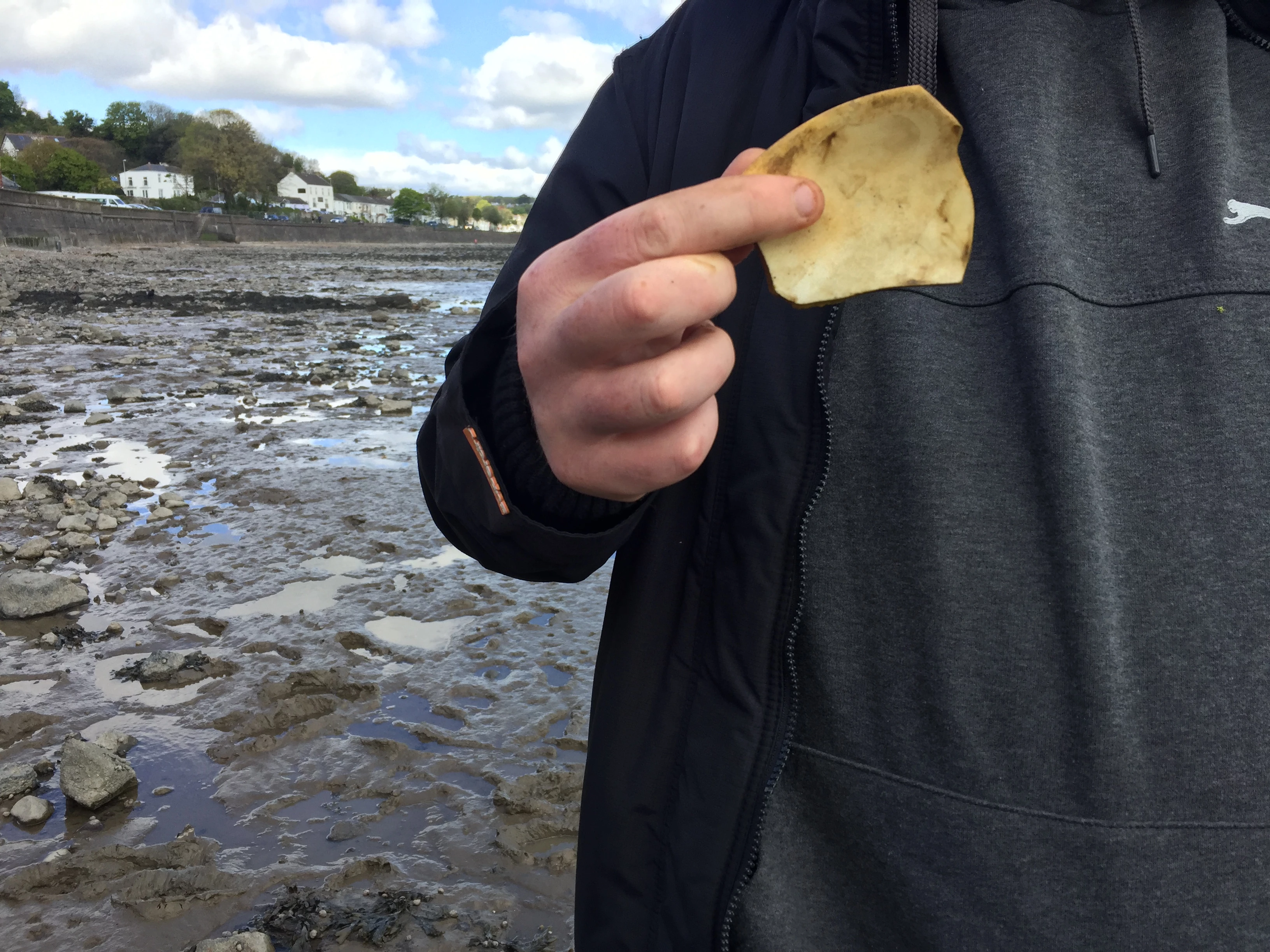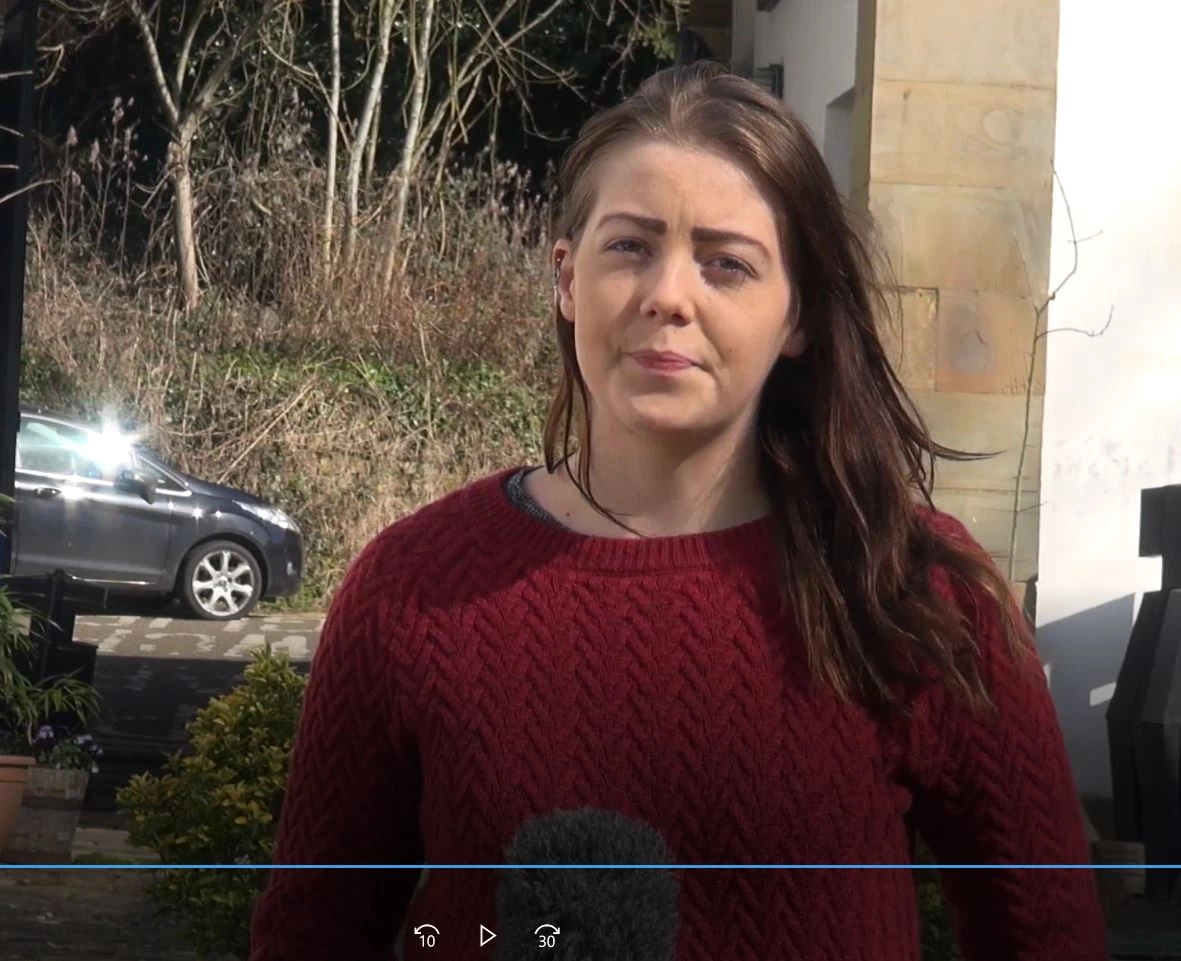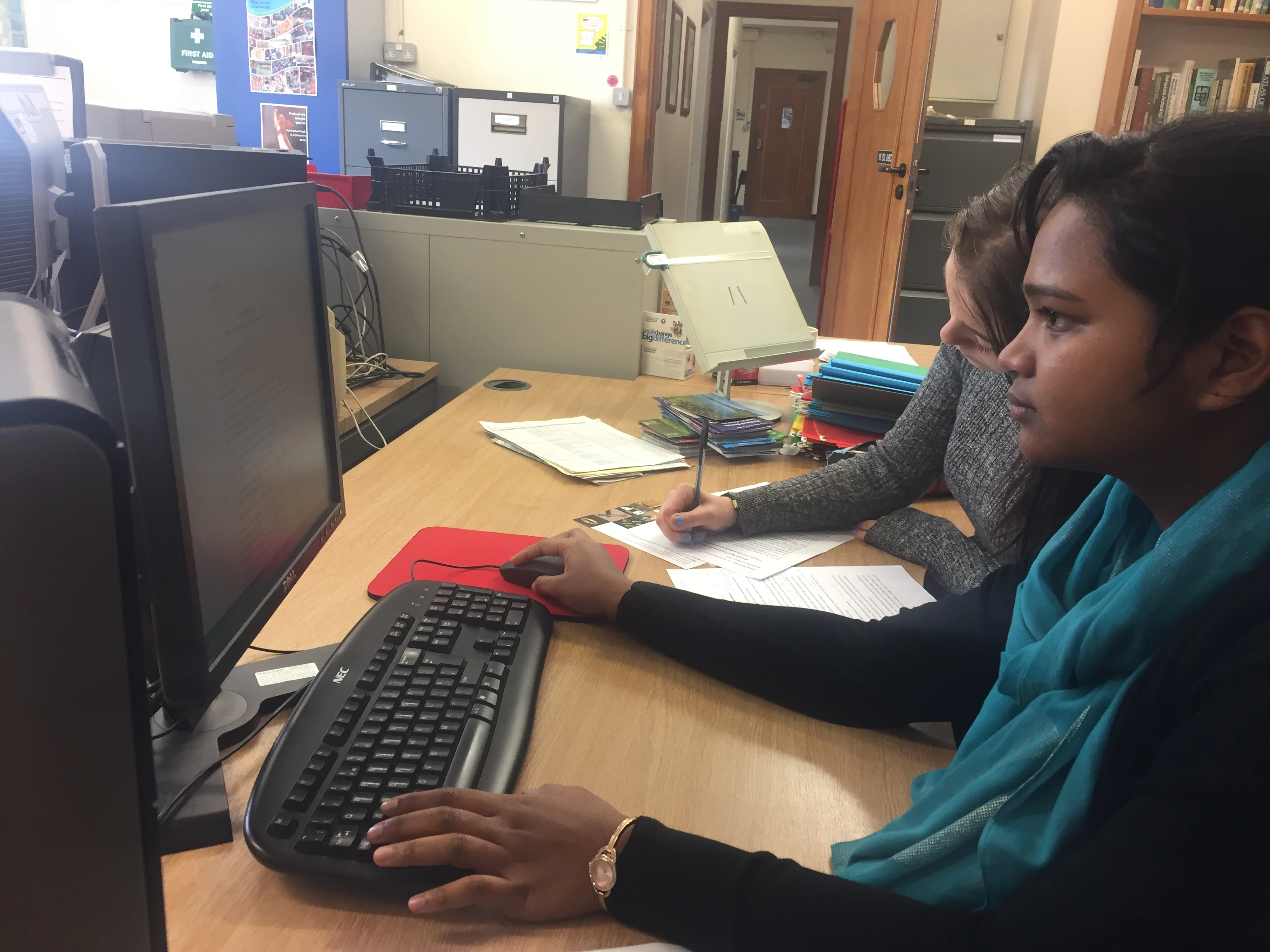Explore the Derek Williams Trust Collection of Modern & Contemporary Art
, 1 June 2017
Whether you love L. S. Lowry, Lucian Freud or Richard Long, you know that when you visit Amgueddfa Cymru – National Museum Wales you can always see outstanding examples of international modern and contemporary art. What you might not know is that a significant part of that collection is here thanks to The Derek Williams Trust, which lends Amgueddfa Cymru over 260 of its most important works of twentieth and twenty-first century art.
This week sees the launch of The Derek Williams Trust website, a fantastic resource for anyone interested in exploring this collection. The site will enable you to search for art works and artists, and discover more about the Trust and its work with Amgueddfa Cymru.
Derek Williams was a Cardiff-based chartered surveyor and art lover, who had a particular interest in mid-twentieth century British art. He collected a large number of works by John Piper and Ceri Richards, which were supported with works by major figures such as Ben Nicholson, Henry Moore, David Jones, Ivon Hitchens and Josef Herman. Following Williams’ death in 1984, his collection and the residue of his estate were left in trust. Since that time, The Derek Williams Trust has undertaken the care, enhancement and public display of the collection, and in turn lends the collection to Amgueddfa Cymru – National Museum Wales. The generous support of Trust has transformed the Museum’s collection of twentieth century art and parallels the great bequests of French Impressionist art made by Gwendoline and Margaret Davies a generation earlier.
Since 1992, The Derek Williams Trust has also been working with Amgueddfa Cymru to build its own collection of modern and contemporary art, and recent purchases include work by Howard Hodgkin, George Shaw, Anthony Caro and Clare Woods. The Trust also provides financial support for Museum purchases, and funds the biennial Artes Mundi Derek Williams Trust Purchase Award – recent recipients include Tanja Bruguera, Ragnar Kjartansson and Bedwyr Williams.
For the latest news from The Derek Williams Trust collection, why not follow us on Instagram and Twitter?

